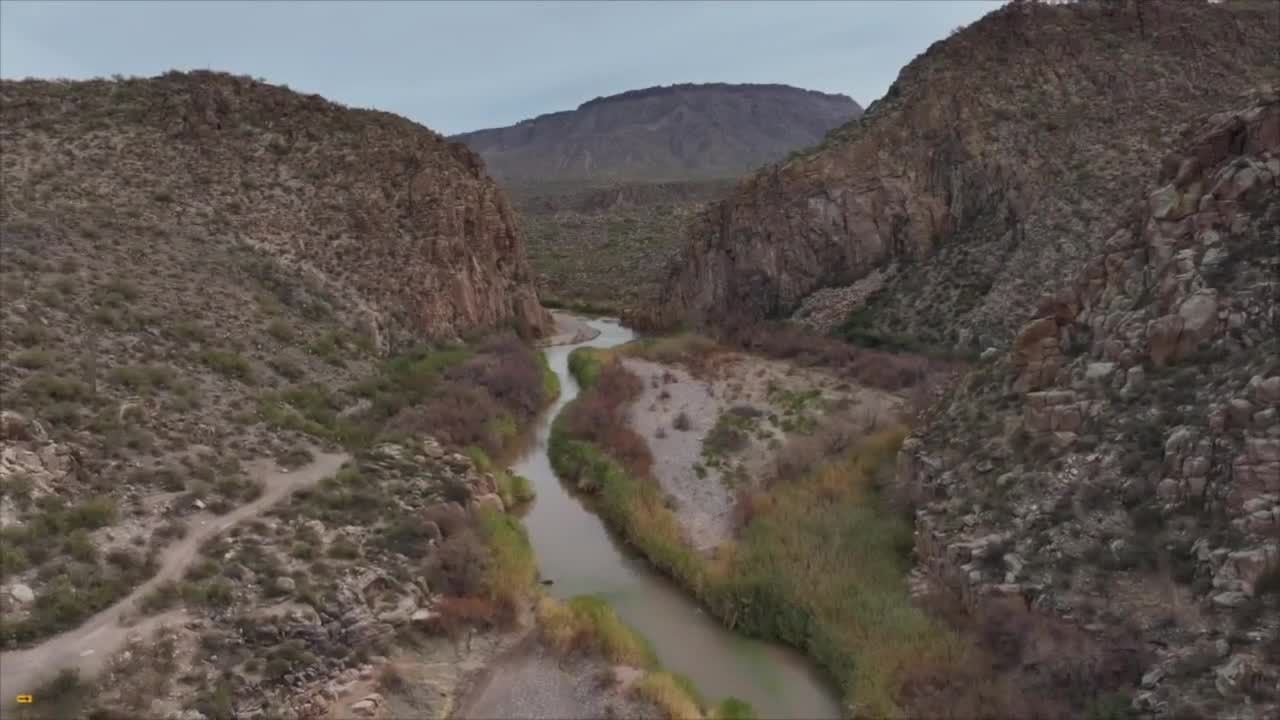WILLIAMS, AZ — In Arizona’s high country, every snowflake is a down payment on the water that flows to millions of taps across the Valley. But in recent years, hydrologists have noticed something troubling — not all that snowmelt is making its way downstream.
Some of that melt is being evaporated back into the atmosphere, and some is being absorbed by the soil.
To help solve that mystery, Salt River Project (SRP) has installed a first-of-its-kind aluminum flume deep in the Sycamore Creek watershed near Williams. The 650-pound device was airlifted into the forest by helicopter this fall and will help scientists more accurately measure how much snowmelt turns into runoff — and how much vanishes into the ground or atmosphere.
“This is one of the most productive parts of the Verde River watershed,” said Zac Keller, a hydrologist with SRP. “During 2023, we had nearly five feet of snow out here — but that doesn’t mean all of it made it into the river. Understanding where that water goes is critical.”
The flume improves on older monitoring systems that can produce errors when ice builds up during winter. “Any time you get ice forming, you can see big spikes in pressure readings that throw off your data,” Keller explained. “This flume gives us a much cleaner, more precise measurement of what’s really flowing downstream.”

Do you have a concern in your community or a news tip? We want to hear from you!
Connect with us: share@abc15.com
SRP hopes the data will help close what Keller calls the “water budget” — accounting for how much precipitation falls, how much evaporates, or is absorbed by soil and trees, and how much ultimately feeds Arizona’s reservoirs. “If you can measure it, you can manage it,” Keller said. “And that’s exactly what we’re trying to do — manage water smarter in a changing climate.”
The information gathered here will also support research at Arizona State University, where scientists are studying how forest thinning and rising temperatures impact water yield.
In a state where every drop counts, Keller explained, “even small improvements in how we measure water can make a big difference in how we protect it.”





